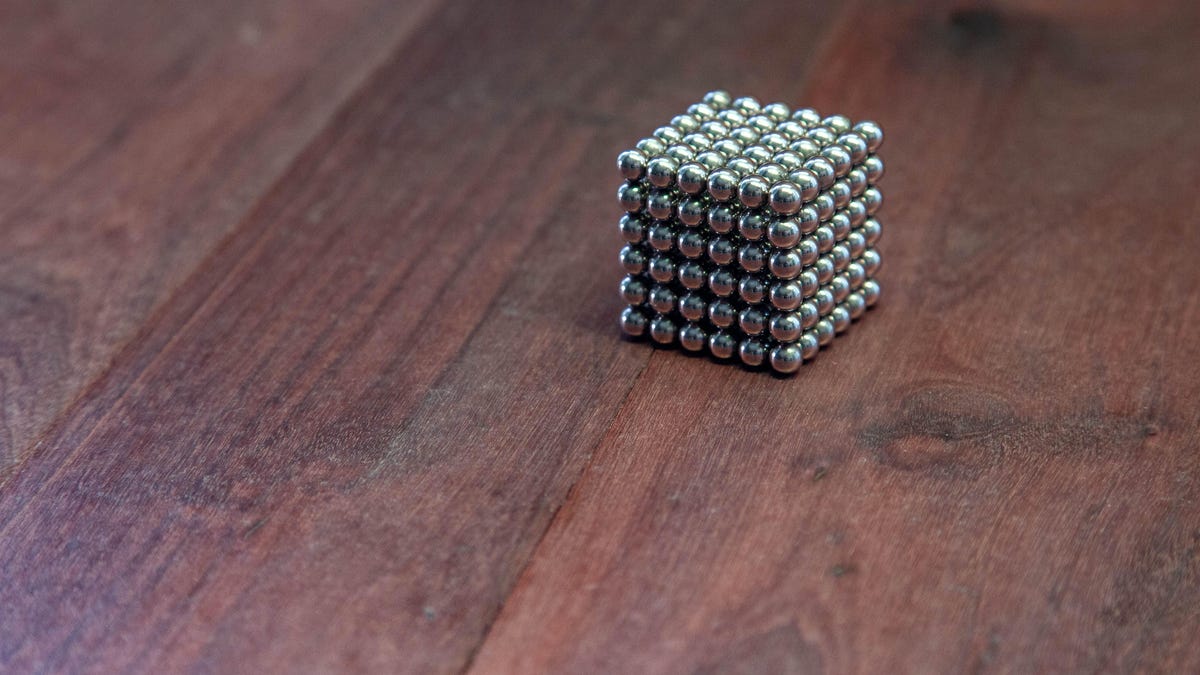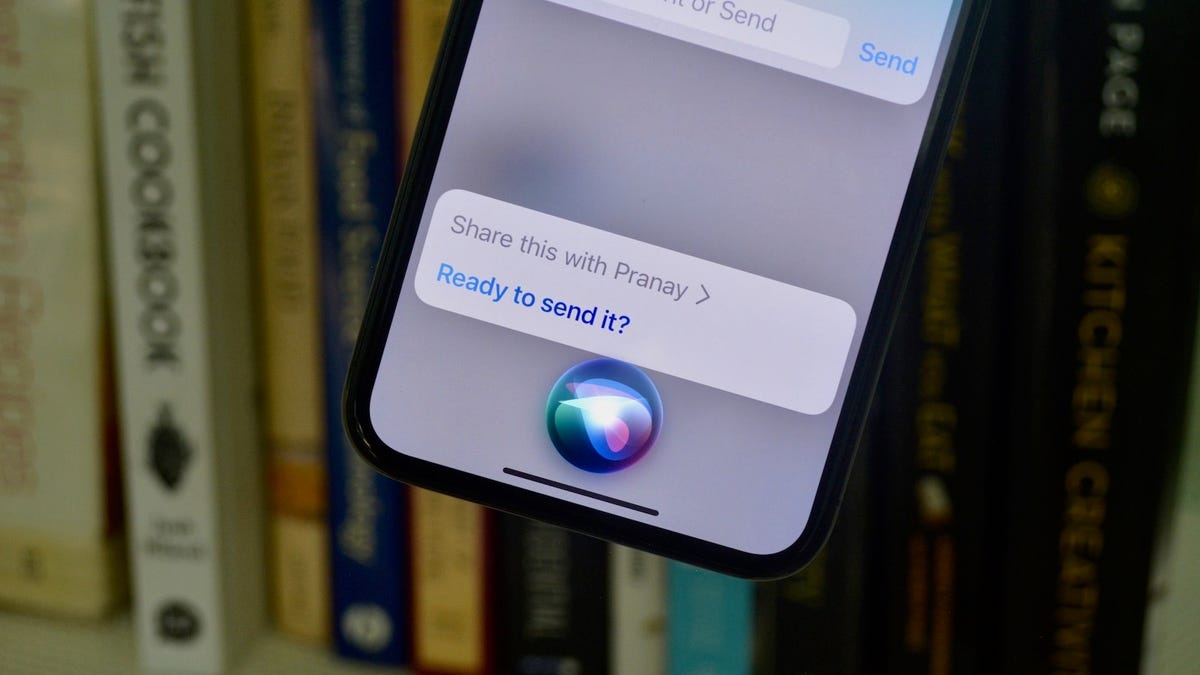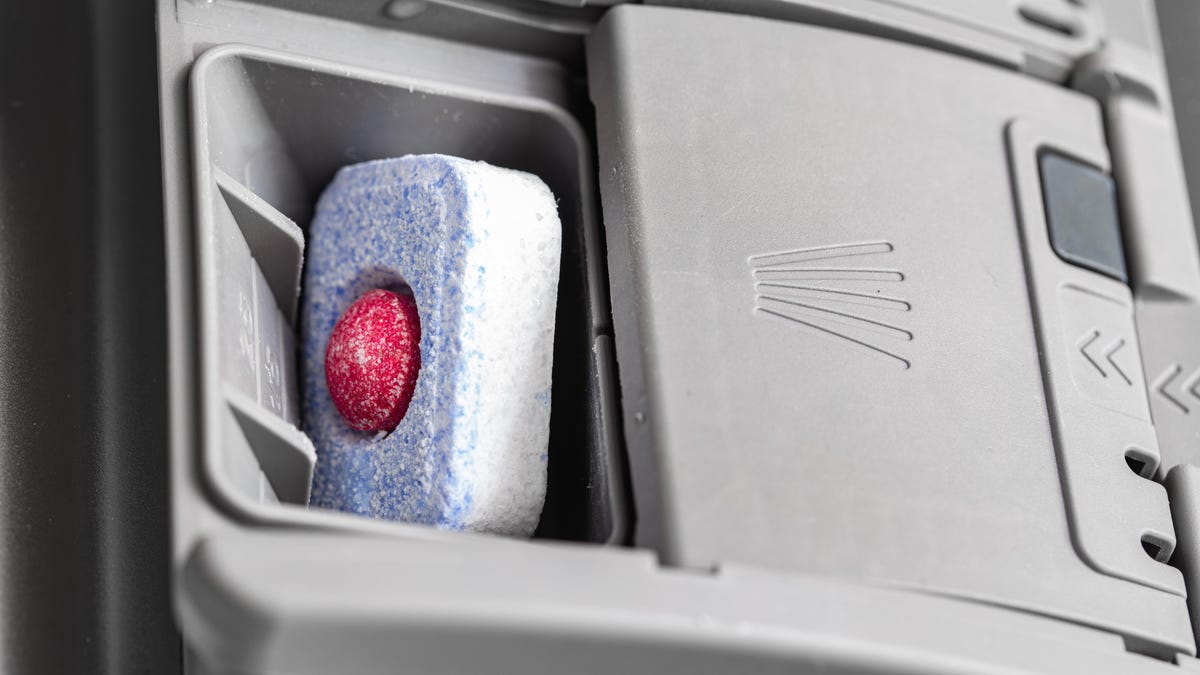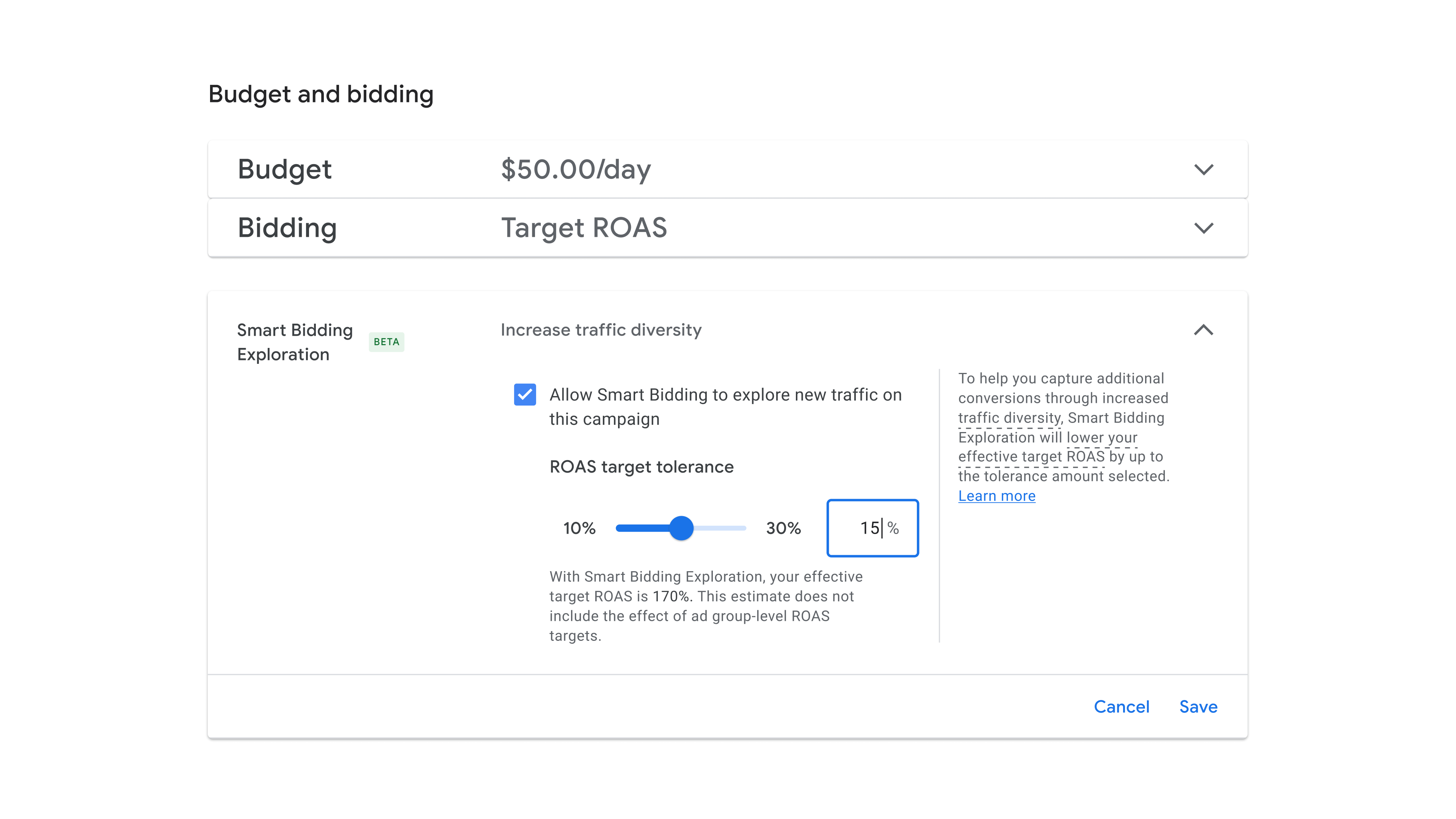Your Kids Are Absolutely Dumb Enough to Eat Magnets
You’ve probably heard that strong, small magnets are dangerous for children. You would not give a toddler a neodymium magnet for any reason; you know that two of them, if swallowed, can connect inside their body, potentially causing severe...

You’ve probably heard that strong, small magnets are dangerous for children. You would not give a toddler a neodymium magnet for any reason; you know that two of them, if swallowed, can connect inside their body, potentially causing severe injury. And yet, according to a recent survey presented to the American Academy of Pediatrics, kids are still managing to swallow them—at alarming rates.
“Parents almost never think their kid will ‘be so dumb as to swallow’ magnets,” pediatrician Minna Wieck said in an American Academy of Pediatrics news release about the findings of a new study on magnet-related injuries. “But kids are doing so more often, despite adult supervision and even when adults know that these magnets are potentially dangerous.” And that includes kids who you’d think would be old enough to know better.
Why are rare-earth magnets so dangerous?
The magnets that are the most concerning to doctors are rare-earth magnets. These are made with elements, like neodymium, that fall into the “rare earth” category on the periodic table.
Rare-earth magnets are much stronger than your typical refrigerator magnet, and because they’re so strong, they can be manufactured in very small sizes. This means they are easy to ingest (or otherwise enter the body—you know toddlers) and, once they’re in, they are strong enough to do serious damage.
If two strong magnets connect inside the body, they can squeeze whatever is in between them. Imagine magnets in two different loops of the small intestine meeting each other; the intestine itself would get pinched in between.
This type of injury has caused some children to need surgery, and has caused several deaths. Despite warnings, magnet injuries aren’t decreasing. The CPSC says that 26,600 magnet ingestions were treated in hospital emergency rooms from 2010 to 2021, and that since 2018, cases have been on the rise. The AAP has previously reported that over half of children who swallow magnets have to be hospitalized, and often require surgery.
How to know if a magnet is dangerous
As a rule of thumb, the smaller the magnet, the more important it is to keep it out of your kid’s reach. The Consumer Product Safety Commission has a rule that applies to toys for kids up to age 14, requiring any magnet that is small enough to enter the body to be under 50 kg2mm2—in other words, it can’t be a very strong magnet. So toys marketed to kids should be safe. That said, the CPSC routinely has to send letters to companies that don’t follow the standard. You can see a listing of magnet violations here.
The magnets that seem to be most problematic are the ones that come in little kits, with dozens or hundreds of tiny magnetic balls or shapes. The magnets are easily swallowed and strong enough to cause damage. These kits are marketed toward adults and older kids, so you wouldn’t think of them as a toddler toy.
But the problem with sets like this, the American Academy of Pediatrics points out, is that there are so many of those little balls you’re not going to notice if a few go missing. Your kid might find one in the carpet, and then another. (They might also ingest one magnet today, and then a different metal object tomorrow.)
Regulations on magnet sets have changed over the years. They were briefly illegal, from 2014 to 2016, and magnet-ingestion injuries declined during that time. Then the rule was overturned, and injuries rose again. A new version of the rule took effect in late 2022, but plenty of older products are still out there.
How to keep kids safe from rare-earth magnets
“Don’t give your kids rare-earth magnets” is an important safety step, but it’s the first thing to know, not the only thing. The AAP recommends keeping high-powered magnets out of the house entirely if you have young children, or locking them up. This goes double for magnet kits: “Do not use large sets of magnets. It is too hard to know if some of them are missing.”
They also recommend talking to older kids and teens about goofing around with small magnets. It’s fun to stick the magnets on either side of your tongue, lip, or nose to wear them like jewelry, and there are even “magnetic earrings” sold for this purpose. But they can be swallowed or inhaled by accident—don’t laugh, kids have done this—and then your teenager has the same potentially deadly issue as a toddler who swallowed magnets on purpose.
Another important warning is to consider magnet ingestion if your kid says they have a tummyache. Abdominal pain, vomiting, and fever can result from the damage that magnets cause in the body. If you think your child may have swallowed a magnet, seek emergency medical care right away.

 Troov
Troov 



















.jpg)












